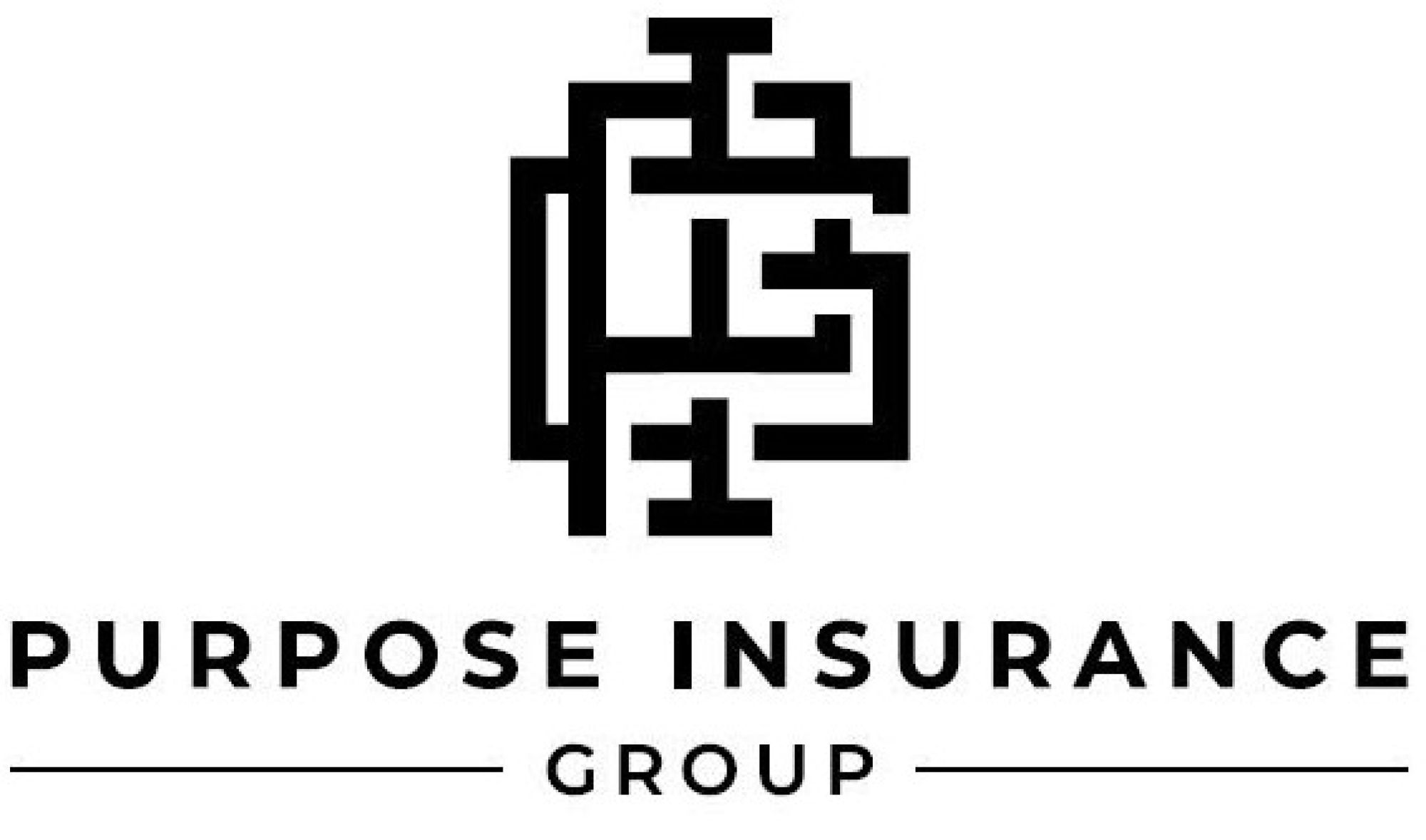All About Pacific Prime
Table of ContentsFascination About Pacific PrimeNot known Incorrect Statements About Pacific Prime The 6-Second Trick For Pacific PrimeThe smart Trick of Pacific Prime That Nobody is Talking About
In the majority of states, the insurance firm is needed to send you a duplicate of the changes to your policy. It is necessary that you read Endorsements or Riders so you understand exactly how your plan has actually transformed and if the policy is still sufficient to satisfy your demands. To acquire a duplicate of your insurance coverage plan, please call your insurance agent or firm.
The Institute of Medication (IOM) Board on the Repercussions of Uninsurance launches a prolonged exam of proof that addresses the value of wellness insurance policy coverage with the publication of this report. Insurance coverage Issues is the first in a collection of 6 reports that will be released over the next 2 years documenting the reality and effects of having actually an estimated 40 million individuals in the USA without health and wellness insurance policy protection.

Facts About Pacific Prime Revealed
The goal of this collection of research studies is to refocus policy attention on a longstanding trouble. Following the longest financial expansion in American history, in 1999, an estimated one out of every six Americans32 million adults under the age of 65 and greater than 10 million childrenremains without insurance (Mills, 2000).

Ten percent of the population make up 70 percent of health care expenses, a correlation that has remained continuous over the previous 3 decades (Berk and Monheit, 2001) - international health insurance. Therefore wellness insurance proceeds to serve the function of spreading out danger even as it significantly finances regular care. From the point of view of wellness care service providers, insurance policy lugged by their patients helps protect a revenue stream, and neighborhoods take advantage of financially practical and stable healthcare practitioners and organizations
Federal government supplies medical insurance to populations whom the private market may not serve successfully, such as impaired and senior citizens, and populaces whose accessibility to healthcare is socially valued, such as youngsters and expecting ladies. The utmost ends of wellness insurance policy coverage for the individual and neighborhoods, consisting of office communities of staff members and employers, are enhanced wellness end results and top quality of life.
Pacific Prime Things To Know Before You Get This
Workers place medical insurance first without a doubt in importance among all the advantages supplied in the office (Salisbury, 2001). Although there have been sizable financial investments of personal and public funds to supply medical insurance, lots of people still have no insurance coverage. Despite comprehensive reporting useful reference of survey searchings for and wellness care research study results, the general public continues to be baffled and mistaken concerning Americans without medical insurance and the implications of lacking insurance coverage.

Without doubt, the intricacy of American health treatment financing systems and the wide range of resources of details include in the public's confusion and skepticism about wellness insurance statistics and their interpretation. This record and those that will certainly comply with purpose to boil down and present in readily understandable terms the considerable study that bears upon inquiries of medical insurance protection and its value.
Fifty-seven percent of Americans questioned in 1999 thought that those without health insurance coverage are "able to get the treatment they need from physicians and healthcare facilities" (Blendon et al., 1999, p. 207). In 1993, when nationwide attention was concentrated on the problems of the uninsured and on pending health and wellness care regulation, simply 43 percent of those surveyed held this idea (Blendon et al., 1999).

They additionally obtain less precautionary solutions and are less likely to have normal care for chronic problems such as hypertension and diabetic issues. Chronic conditions can bring about costly and disabling problems if they are not well managed (Lurie et al., 1984; Lurie et al., 1986; Ayanian et al., 2000). One nationwide survey asked greater than 3,400 adults about 15 very severe or morbid problems.
Unknown Facts About Pacific Prime
Extra proof exists later in this phase in the discussion of insurance and access to health and wellness care. https://stieuys-rhuiets-scriank.yolasite.com/. People without medical insurance are young and healthy and pick to go without coverage. Nearly half (43 percent) of those evaluated in 2000 believed that individuals without medical insurance are more likely to have health issue than individuals with insurance coverage
Citizens and policy manufacturers in emphasis group conversations characterize those without insurance coverage as youths who have the possibility to be covered and feel they do not need it (Concierge Novelli, 2001). Compared to those with at the very least some exclusive protection, the without insurance are less likely to report remaining in superb or extremely excellent health and wellness (Firm for Medical Care Research Study and Quality, 2001).
SOURCE: Center for Cost and Funding Research Studies, Agency for Healthcare Research Study and High quality, based upon MEPS data. Young grownups between 19 and 34 are far a lot more most likely to lack health insurance policy than any kind of other age group. This is mainly since they are much less frequently eligible for employment-based insurance coverage because of the nature of their work or their brief period in it.
The assumption that people without insurance coverage have better-than-average wellness adheres to from perplexing the fairly young age account of the uninsured with the much better health and wellness, typically, of younger persons. This obscures the link between health status and medical insurance. For those without access to workplace medical insurance, poor health is a possible barrier to acquiring nongroup coverage since such protection might be highly valued, leave out pre-existing problems, or be just not available.